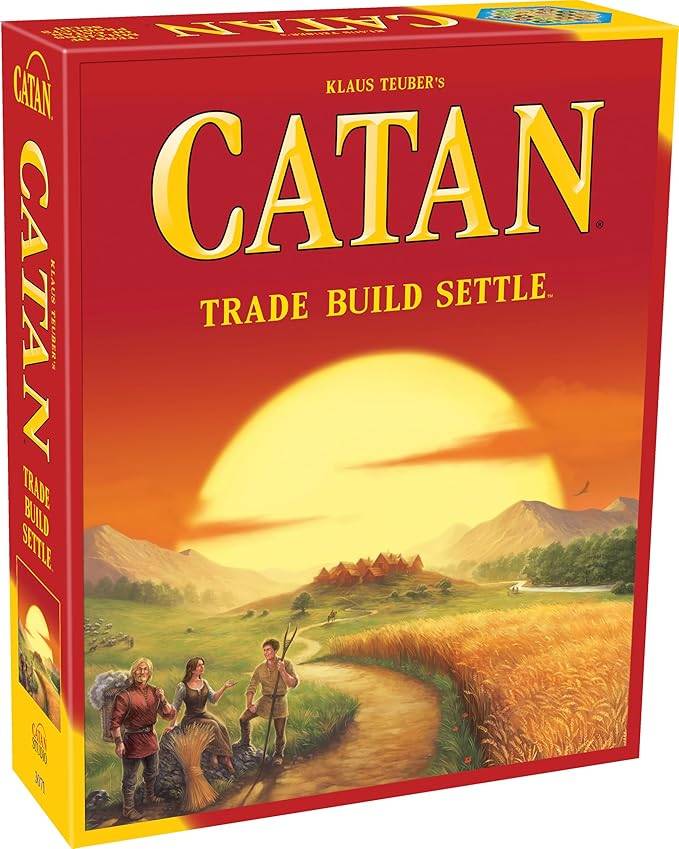When I first sat down to experience developer MercurySteam's latest creation, Blades of Fire, I anticipated a modern take on their Castlevania: Lords of Shadow series, infused with the contemporary flair of God of War. However, after an hour of gameplay, I found myself immersed in what felt like a Soulslike experience, where the focus was on weapon stats rather than traditional RPG character development. By the conclusion of my three-hour hands-on session, it became clear that Blades of Fire is a unique blend of familiar elements and innovative ideas, crafting a fresh and engaging approach to the action-adventure genre.
At first glance, Blades of Fire might seem like a clone of Sony Santa Monica's God of War, with its dark fantasy setting, powerful combat moves, and a third-person camera that keeps you close to the action. The game's opening hours introduced me to a labyrinthine map filled with treasure chests, navigated with the help of a young companion who assisted in puzzle-solving. Our quest led us to a woman of the wilds living in a house atop a giant creature. While these elements echo the Norse saga of Kratos, Blades of Fire also borrows heavily from FromSoftware's playbook, including anvil-shaped checkpoints that replenish health potions and respawn enemies.
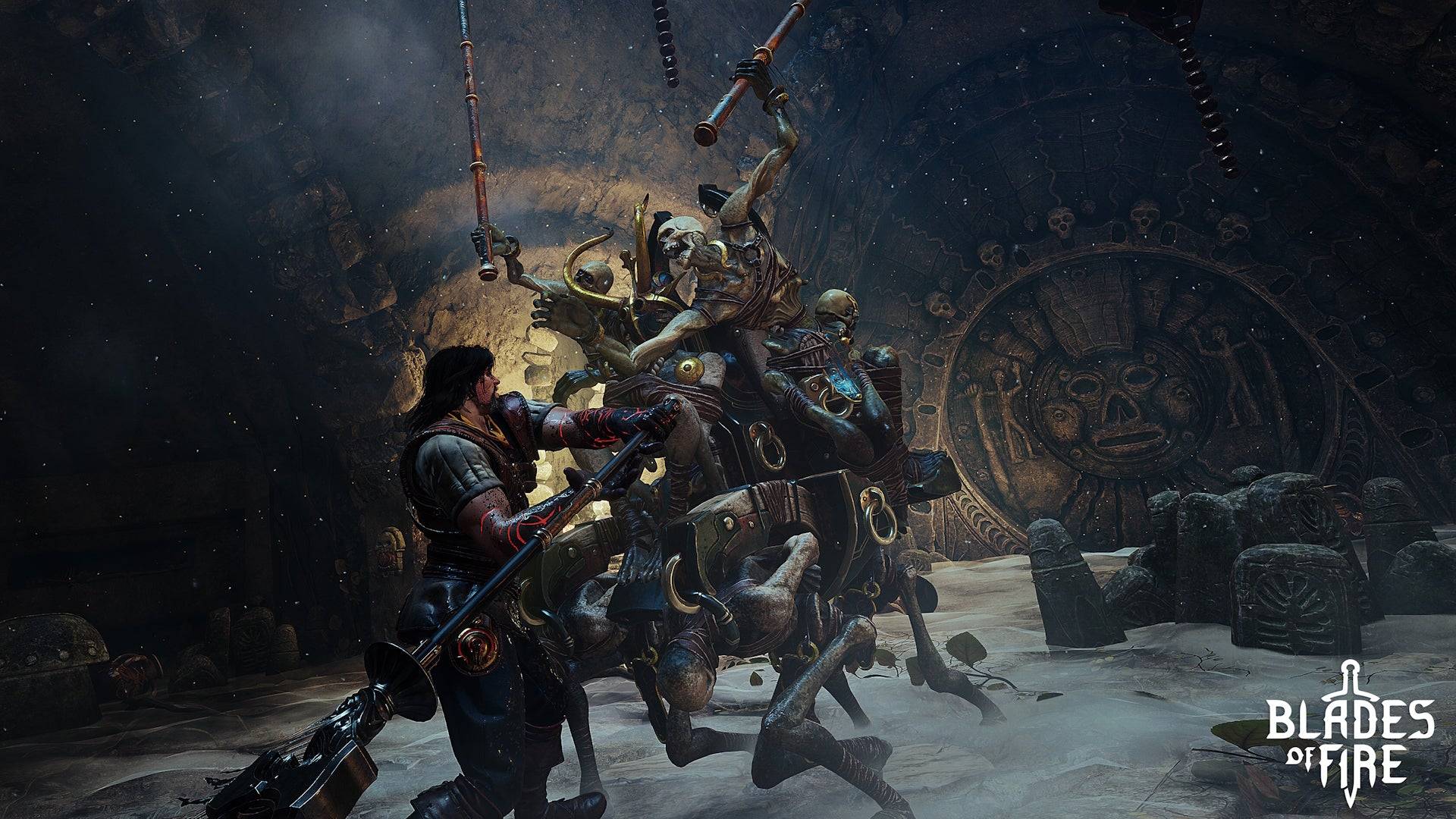
The game's world evokes a nostalgic 1980s fantasy vibe, where characters like Conan the Barbarian would fit right in among the muscular soldiers, and bizarre enemies reminiscent of Jim Henson's Labyrinth bounce around on bamboo pogo sticks. The narrative, too, feels retro, with an evil queen turning steel into stone, and you, as Aran de Lira, a blacksmith demigod, tasked with defeating her to restore the world's metal. While the setting and premise have a charming old-school feel, the story, characters, and writing may not hold up as compellingly as the gameplay, reminiscent of many overlooked Xbox 360 era tales.
The true strength of Blades of Fire lies in its mechanics. The combat system is built around directional attacks, utilizing every face button on the controller. On a PlayStation controller, triangle targets the head, cross the torso, while square and circle swipe left and right. By reading an enemy's stance, you can break through their defenses effectively. For example, a soldier guarding their face can be defeated by aiming low and striking their gut, resulting in satisfyingly visceral effects.
The system shines during encounters like the first major boss fight against a slobbering troll, which has a second health bar that can only be damaged after dismembering it. The limb you sever depends on your attack angle, allowing strategic disarming. You can even remove the troll's face, leaving it blind and vulnerable until it regenerates its eyes.
Weapons in Blades of Fire require meticulous attention. They dull with use, reducing damage over time, necessitating sharpening stones or switching stances. Each weapon has a durability meter that depletes, requiring repairs at anvil checkpoints or melting down for crafting new weapons. This leads to the game's most innovative feature: the forge.
Blades of Fire Screenshots
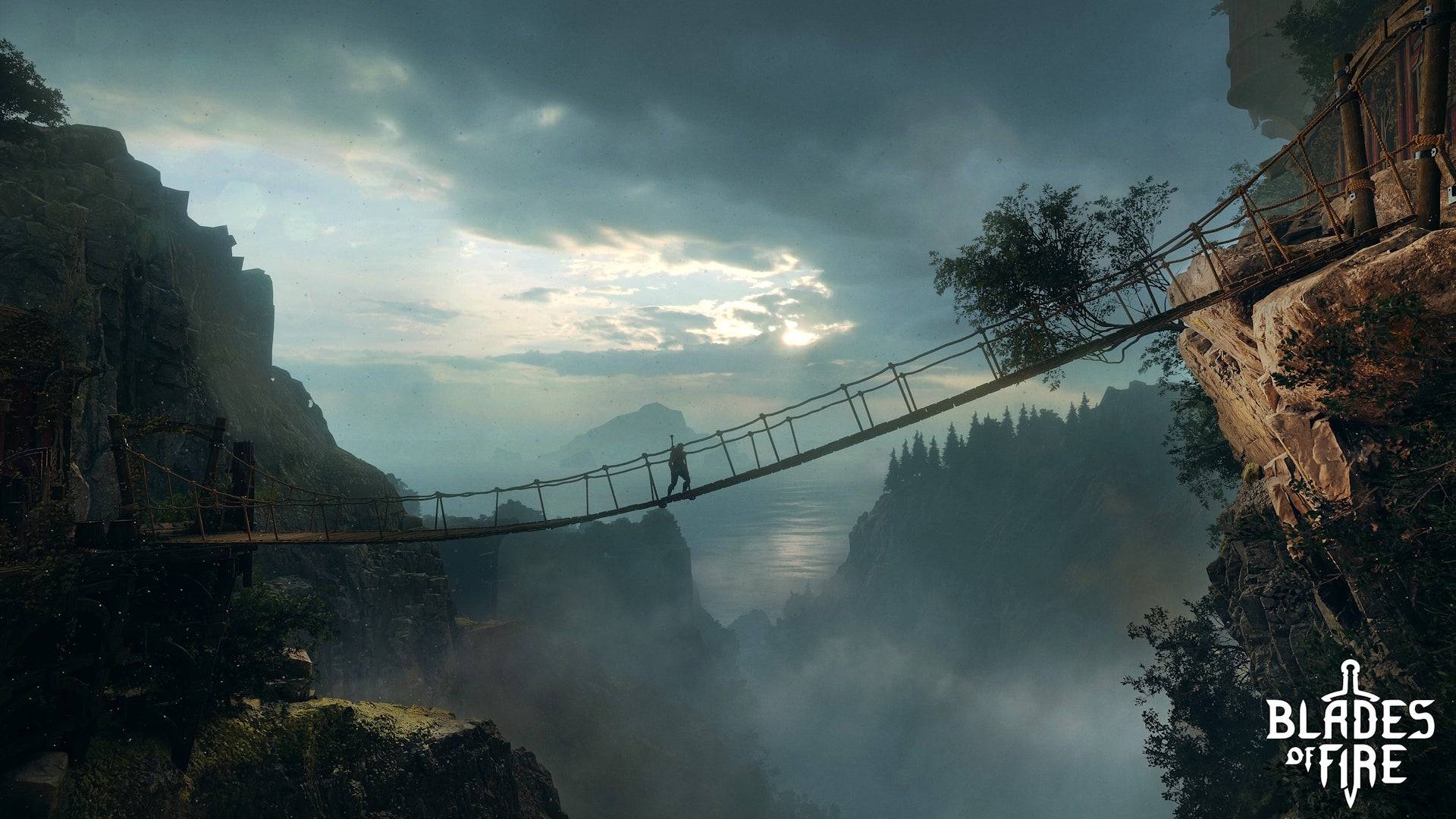
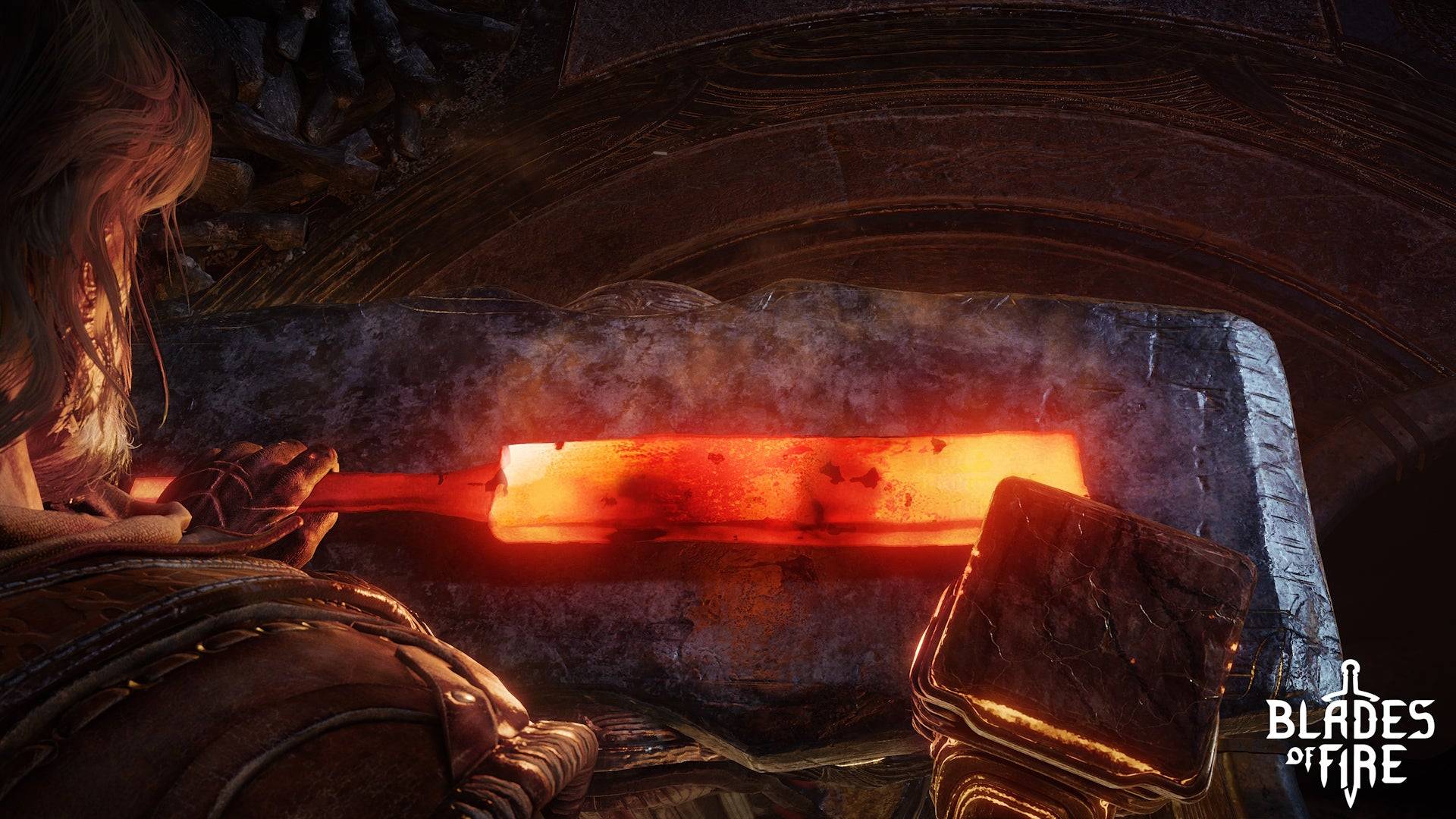
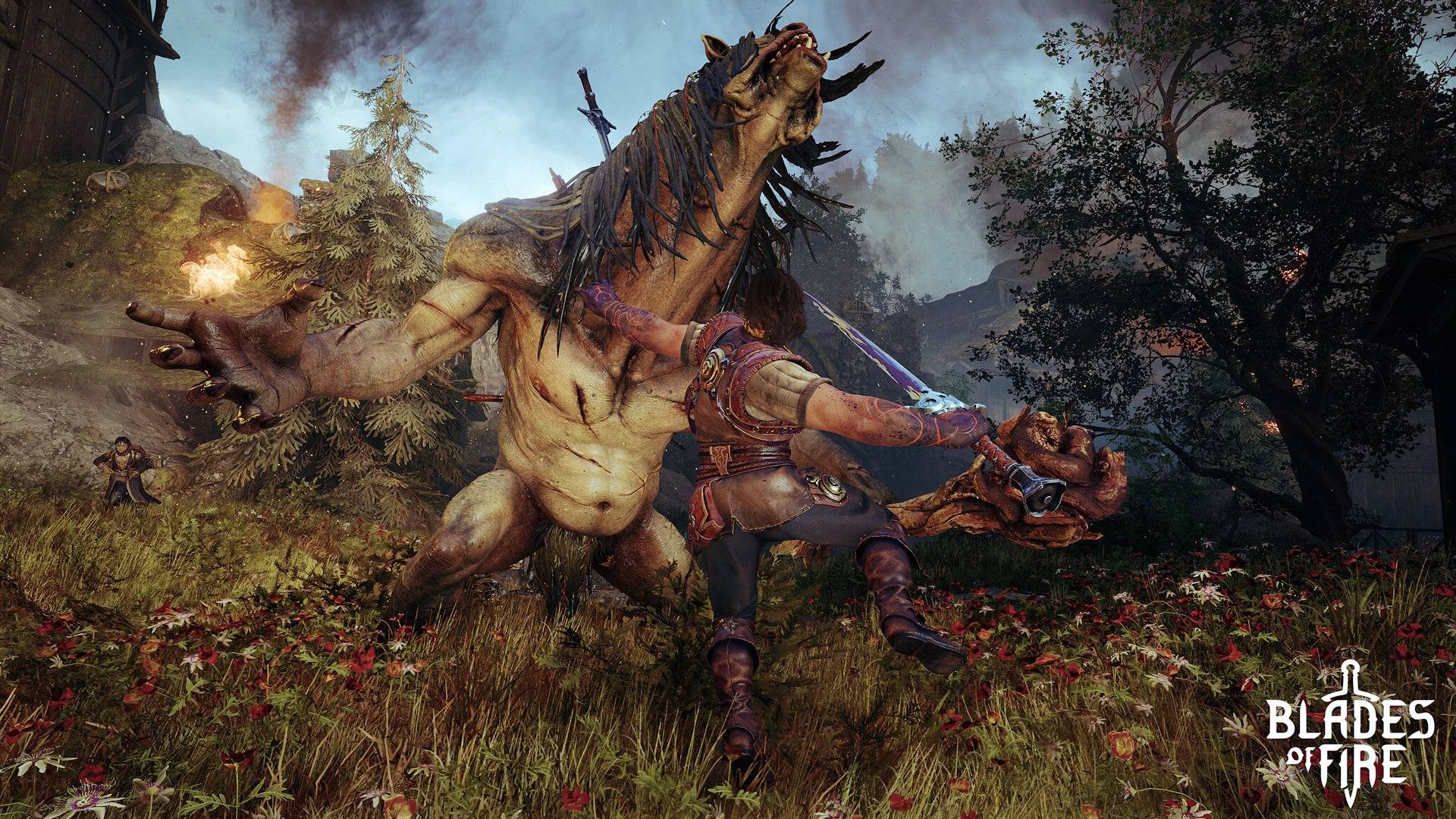

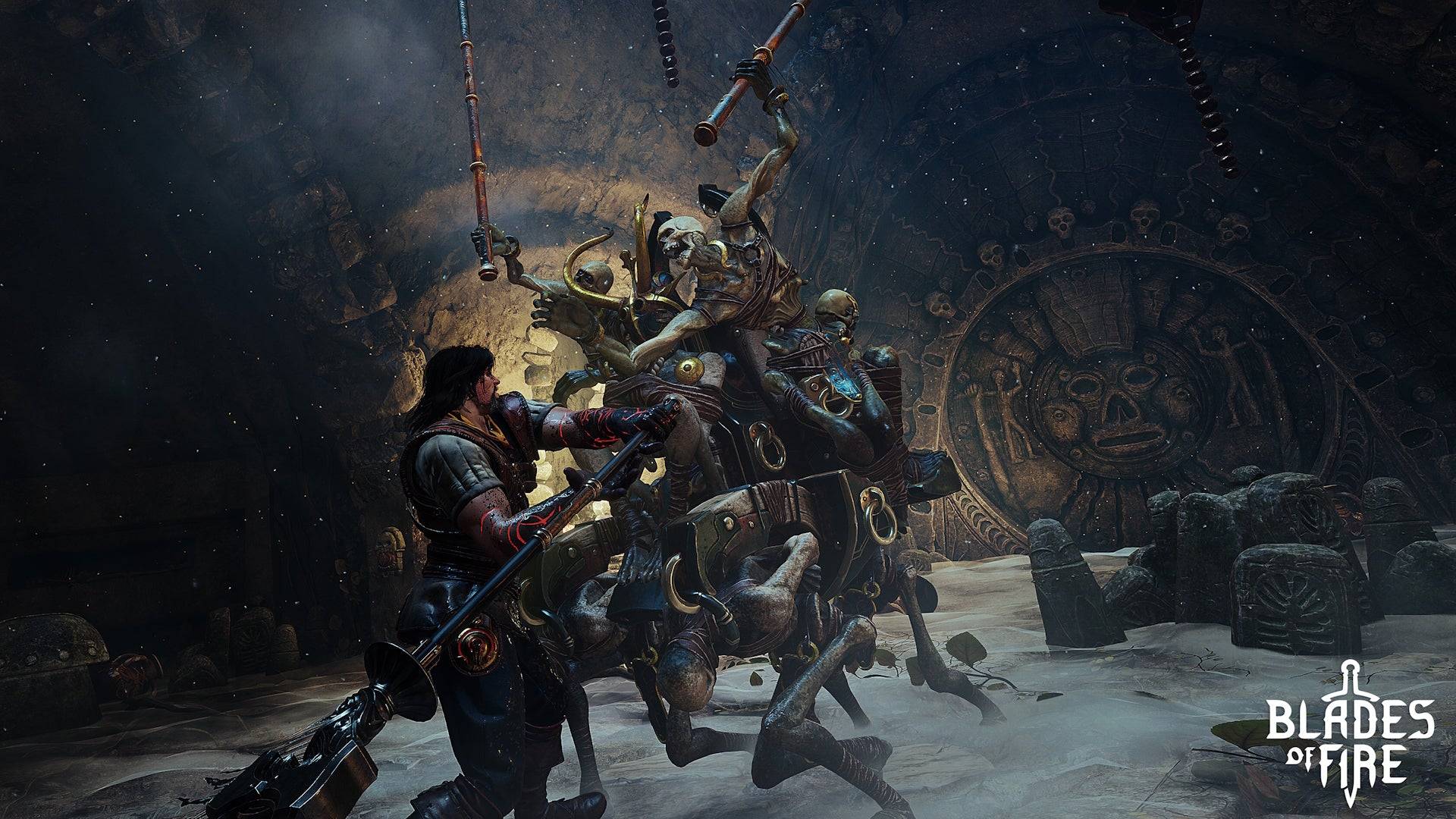
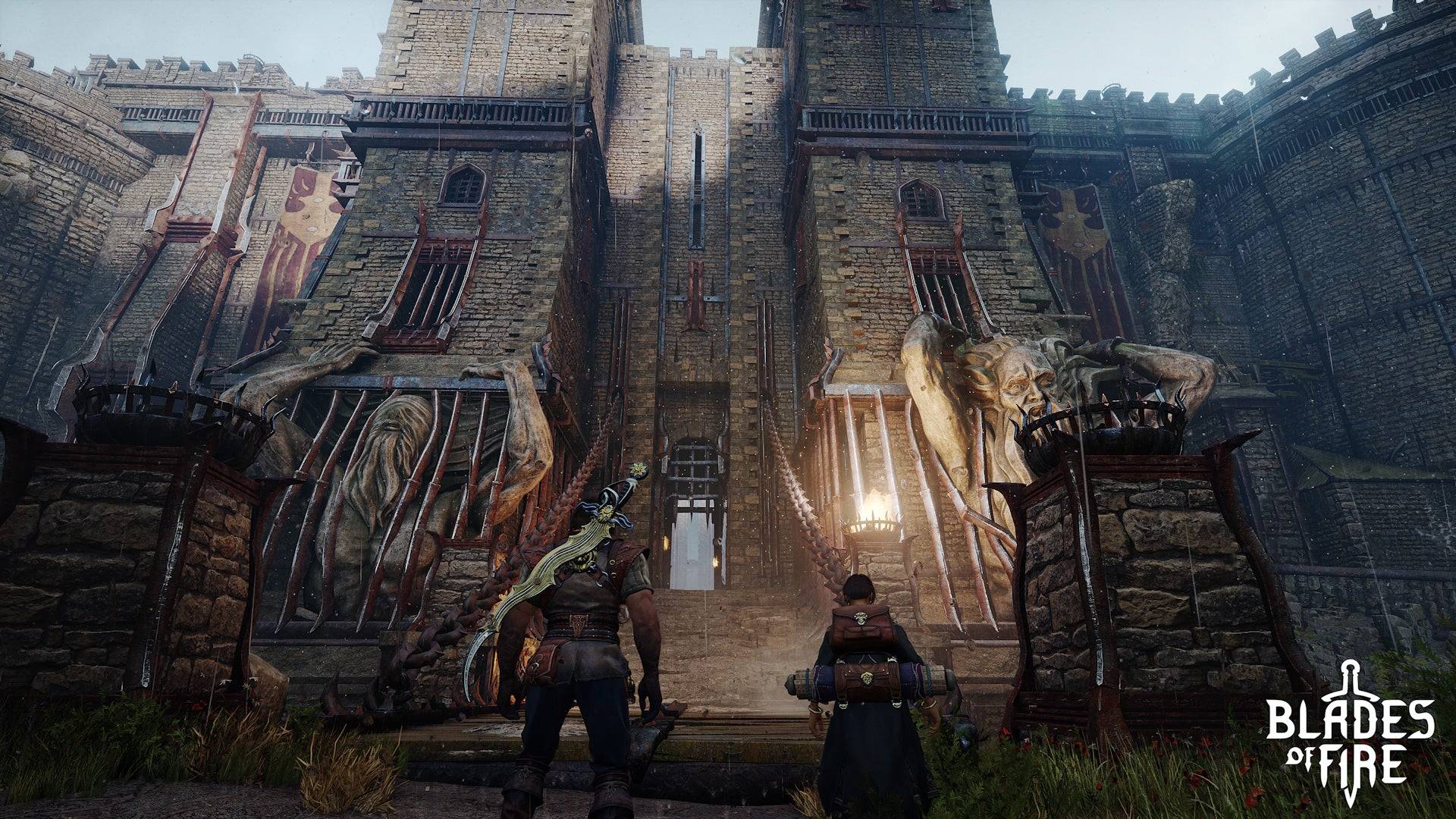
The forge system is extensive, starting with a basic weapon template that Aran sketches on a chalkboard. You can modify aspects like the length of a spear's pole or the shape of its head, affecting stats such as range and damage type. Different materials influence weight and stamina demands, enhancing the feeling of crafting a unique weapon. You can even name your creation.
The crafting process doesn't end there. You must physically hammer out the metal on an anvil through a detailed minigame, controlling the length, force, and angle of each strike to match an ideal curve. Overworking the steel weakens the weapon, so precision is key. Your performance earns a star rating, determining how often you can repair the weapon before it breaks permanently.
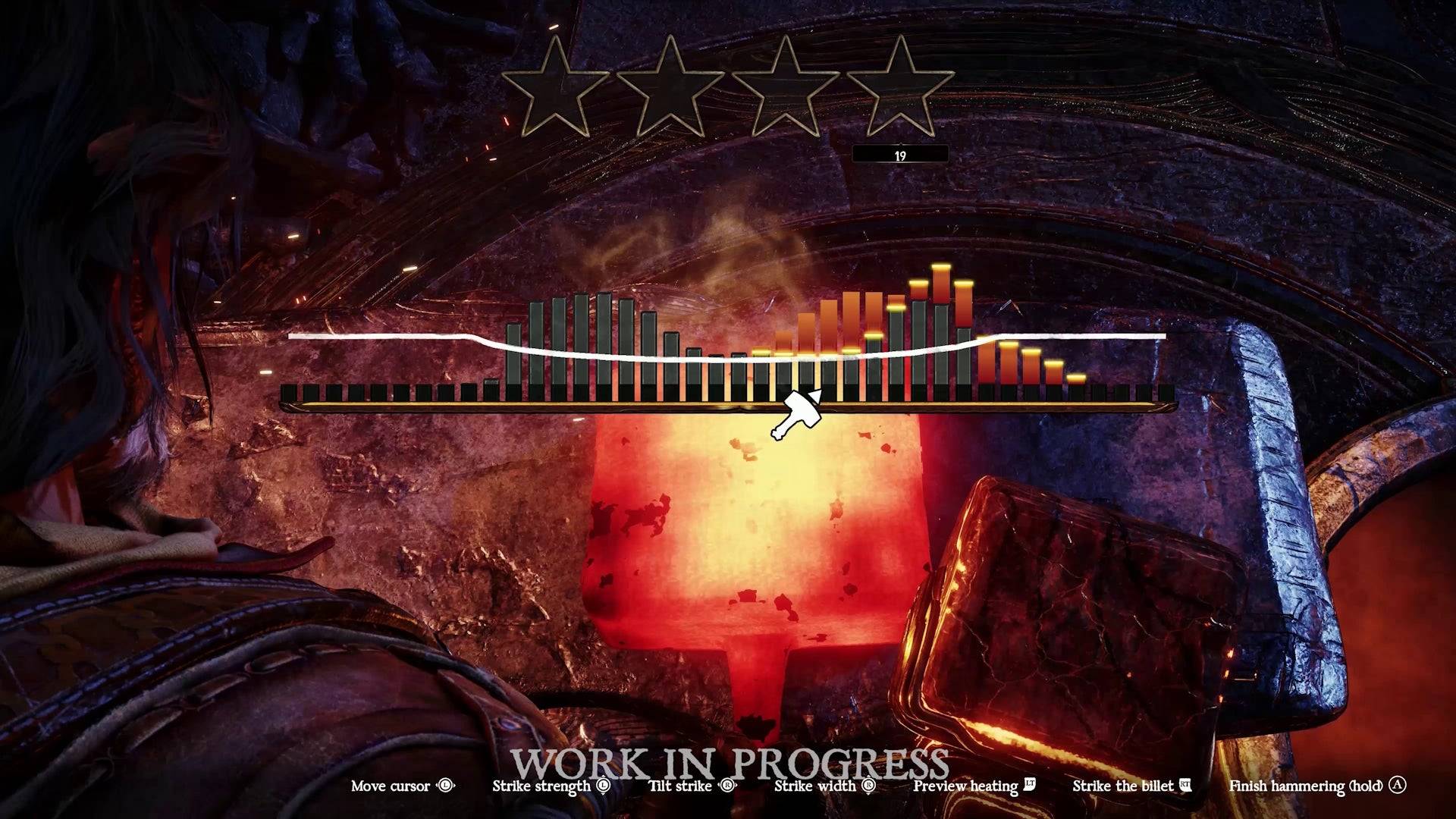
While the forge concept is innovative, the minigame can be frustratingly unclear. I hope for improvements or a better tutorial before launch, as it's a crucial part of the game's appeal.
MercurySteam aims for players to form a deep connection with their crafted weapons, carrying them throughout a 60-70 hour journey. As you explore and find new metals, you can reforge your weapons to enhance their properties, ensuring they remain effective against new challenges. The death system reinforces this bond; upon defeat, you drop your weapon and respawn without it, but it remains in the world for you to recover.
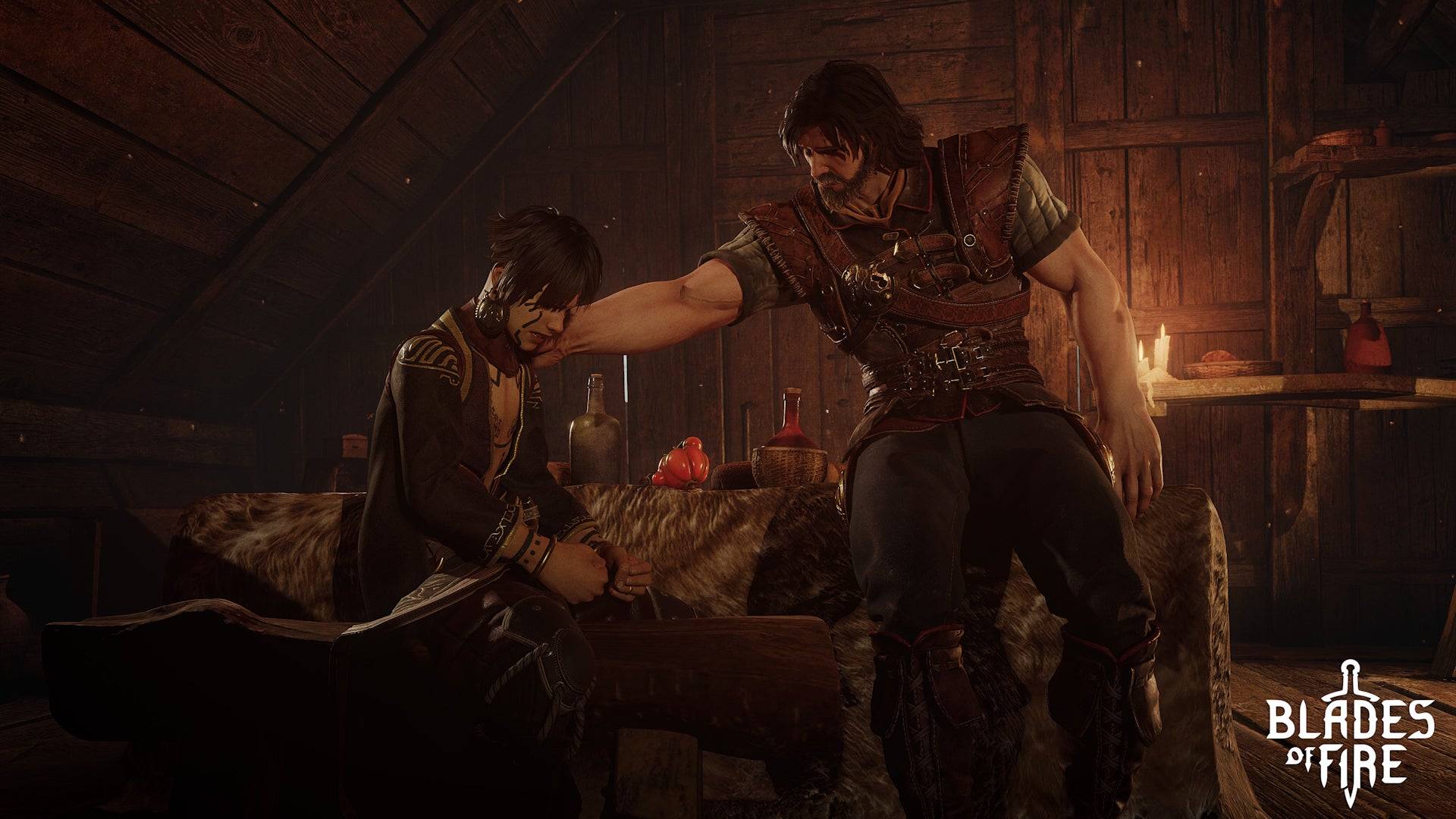
MercurySteam's influences are evident, from the brutal combat of their early 2000s game Blade of Darkness to the innovations of FromSoftware and the world design of God of War. Yet, Blades of Fire stands apart, reinterpreting these elements into a distinct experience. While I have concerns about the game's generic dark fantasy setting and potential lack of variety, the deep connection between your forged blades and the enemies you face is intriguing. In an era where complex games like Elden Ring and Monster Hunter have found mainstream success, Blades of Fire has the potential to offer something unique and fascinating to the gaming community.


